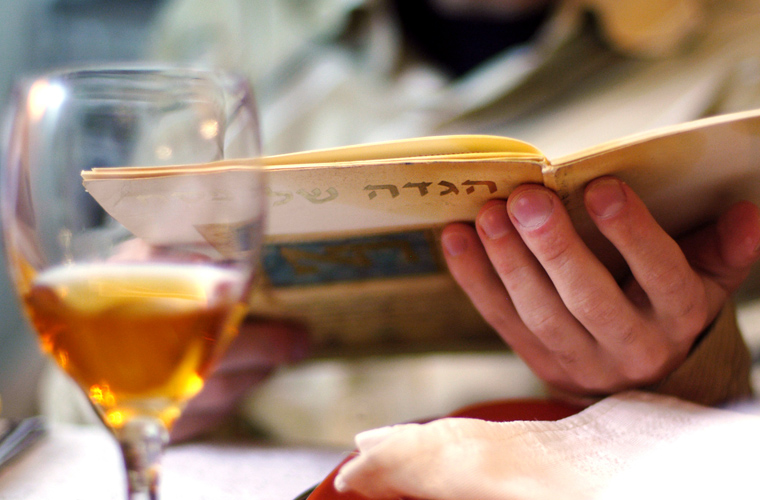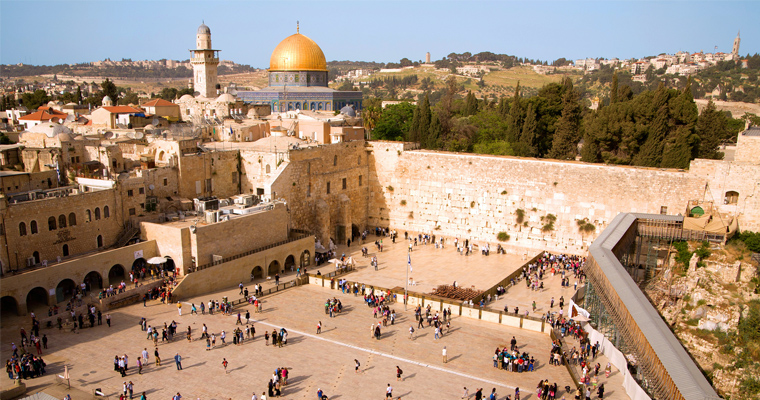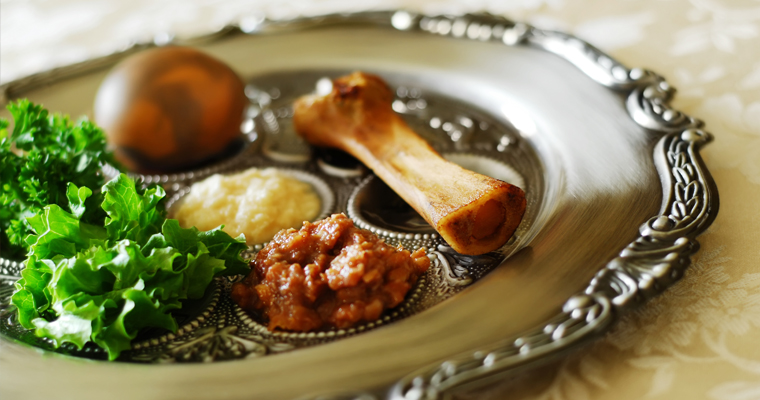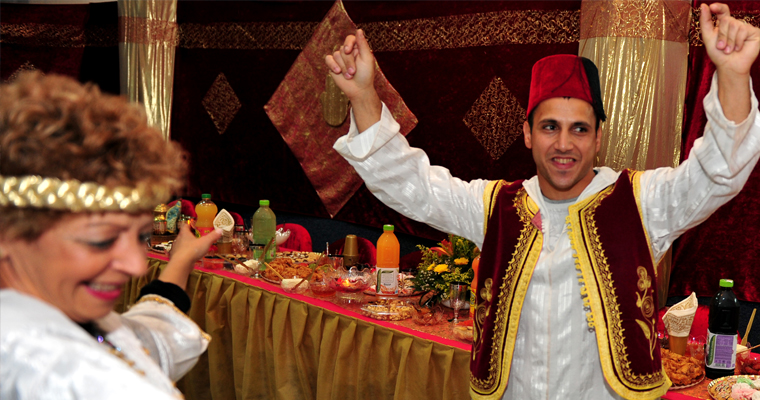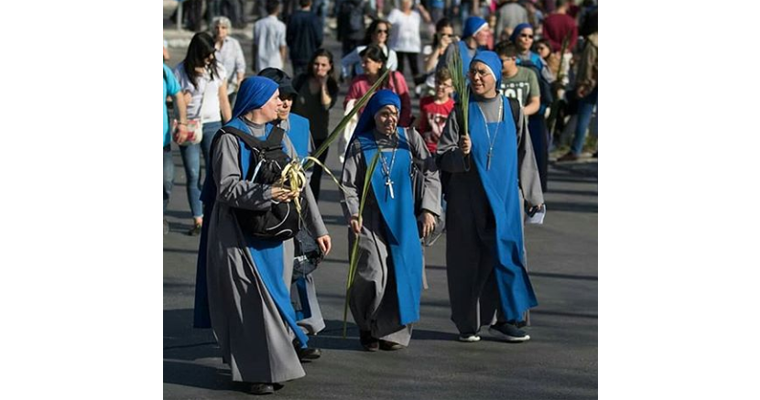Doing the Matzah Munch in Israel
Lee Saunders 29/03/2018
Passover and Easter are the only Jewish and Christian holidays that each year tend to move in sync, but these two spiritual and family-oriented holidays are about more than just bread and bunny rabbits. They are about liberty, freedom and being born again – and nowhere do we see this more than in Israel.
Many people think that the festival of Passover (or Pesach) is the one where Jewish people cannot eat bread for a long, arduous week – not an easy feat in the state of Israel – the land of the pita. However, Passover is about so much more than over-cleaning and constant cooking. One of the grandest – and longest – festivals in the Jewish calendar, Passover commemorates the journey from slavery to freedom for the Jewish people, around 3,500 years ago.
The story of the exodus from Egypt goes as follows: the Israelites left Egypt hurriedly, and the dough they had prepared had no time to rise, so they baked it into matzah, or unleavened bread. As such, one of the most important features of this festival includes abstaining from eating baked goods with flour, which rise. As such, matzah takes center stage during the Seder, the opening night’s ceremonial meal, when the story and songs of Passover are recited between courses, often until late into the night. Very late.
Lasting seven days and nights in Israel – between 30 March and 7 April (eight in the Diaspora) – Passover is one of the three pilgrimage festivals and a truly phenomenal experience in Jerusalem. Take a walk along the timeless cobbles of the awe-inspiring Old City, a short walk from the legendary King David Jerusalem, a landmark overlooking the ancient walls, minarets and domes. As you shuffle through the narrow alleyways of the Jewish Quarter, you will discover virtual escape rooms that take travelers back in time, guided tours of the museums and a mosaic tile project in the Cardo that takes you back to when this ancient shopping strip functioned as the local market. Afterwards, head for the Western Wall, a spiritually golden site at this time of year, when there is a fascinating priestly blessing in the morning of April 2.
At the Western Wall Plaza, witness the story of the Jewish people through a spectacular audiovisual show for the whole family. Marvel at the ancient and magical world that lies underneath, taking in a guided tour of the Western Wall Tunnels, an archive of secrets about civilization and its very beginnings. There can be no place that captivates and embodies more the miracle of being alive and freedom associated with Passover.
The madness of Mimouna.
At the end of Passover, before you return to eating bread full time, and travelling around the country, make sure you enjoy a Mimouna, a celebration by Moroccan Jews the day after Passover. Some of the best Mimouna parties, with tables full of cakes and breads, are in Tel Aviv. No matter what your roots are – Americans, Eastern Europeans, Asians or simply Moroccans who want madness – Mimouna belongs to everyone. Head down to the authentic Moroccan bar, Tangier on 7 April to continue the tradition!
Retrace Jesus’ Footsteps.
With Easter taking place during the same time, the hustle and bustle is all the more exciting, as large numbers of tourists make the holy trip to Jerusalem where the story of Easter takes place. Stretching from Holy Week until Easter Monday on April 2, Easter is arguably the most important festival in the Christian calendar, celebrating the resurrection of Jesus on Easter Sunday, two days after he was crucified, on what became Good Friday.
Click here for Jerusalem Hotel Deals
No Easter in the Holy Land is complete without exploring the shrine that is Church of the Holy Sepulchre, which is a magnet for pilgrims from all around the world, who trace Jesus’ final footsteps and last moments. On Good Friday, March 30, the crucifixion is remembered in the morning in the Basilica of Christianity’s holiest site, followed by a procession on the Via Dolorosa with Franciscan Friars, huge celebrations and additional daily marches on Easter Sunday and Monday.
Click here for Tel Aviv hotel deals
While Jerusalem is certainly the place to be at Easter, there are many events in Jaffa, at the city’s largest Catholic and Protestant Churches. A nice stroll from the Dan Panorama Tel Aviv, visit St Peter’s Church, a Franciscan church built in 1654 and perched high overlooking the Mediterranean. There are Catholic services at St Anthony’s Church and a series of concerts and at the Immanuel Church, a Lutheran Church built over a century ago. Located high up on the slopes of Mount Carmel in Haifa is the Stella Maris Carmelite Monastery. Like the nearby Dan Carmel Haifa, the monastery hosts Easter Vigil and Mass services and concerts as it casts a watchful eye onto the splendid Mediterranean.
Israel at this time of year – this is not a time to pass over.

